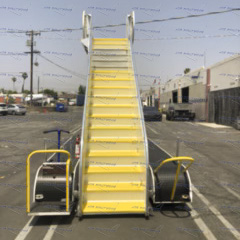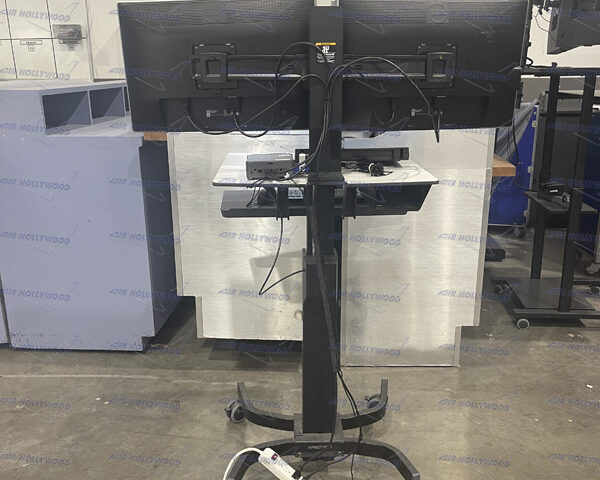
Electrifying the Skies: How Electric Aviation is Transforming Flight with Sustainable Innovation
March 18, 2024Legends of the Sky: Celebrating the Pioneers and Innovators of Aviation History
May 1, 2024Introduction: Welcome to the future of urban transportation, where the skies above our cities are set to become as bustling as the streets below. Join us as we explore the revolutionary concept of urban air mobility (UAM) and its potential to transform city transportation with flying vehicles, reshaping the way we move, commute, and connect in urban environments.
What is Urban Air Mobility (UAM)?: Urban air mobility (UAM) refers to the use of flying vehicles, such as air taxis, electric vertical takeoff and landing (eVTOL) aircraft, and autonomous drones, to provide on-demand transportation services within urban areas. By leveraging advanced technology and infrastructure, UAM aims to alleviate traffic congestion, reduce carbon emissions, and improve mobility for urban residents and commuters.
Air Taxis and Aerial Ridesharing: Imagine summoning an air taxi with a tap of your smartphone and soaring above traffic-clogged streets to your destination in minutes. Air taxis, also known as eVTOL aircraft, promise to revolutionize urban transportation by offering fast, convenient, and efficient aerial ridesharing services for commuters and travelers. With companies like Uber, Airbus, and Volocopter leading the way, the era of urban air taxis is closer than you think.
Autonomous Drones for Urban Delivery: Beyond passenger transportation, autonomous drones are poised to revolutionize urban logistics and last-mile delivery services. From online retail giants to food delivery startups, companies are exploring the use of drones to transport goods and packages directly to customers’ doorsteps, bypassing traffic congestion and reducing delivery times in densely populated urban areas.
Vertiports and Aerial Infrastructure: To support the growing demand for urban air mobility, cities are investing in the development of vertiports and aerial infrastructure to serve as hubs for eVTOL aircraft and autonomous drones. These vertiports, equipped with landing pads, charging stations, and passenger facilities, will provide convenient access to aerial transportation services and integrate seamlessly into existing urban infrastructure.
Regulatory Challenges and Safety Considerations: As urban air mobility takes flight, regulators face the challenge of ensuring safety, security, and compliance with airspace regulations. Issues such as air traffic management, noise pollution, privacy concerns, and emergency response protocols must be addressed to ensure the safe and responsible integration of flying vehicles into urban airspace.
Environmental Benefits and Sustainability: Beyond its potential to alleviate traffic congestion and improve mobility, urban air mobility offers environmental benefits by reducing carbon emissions and fuel consumption compared to traditional ground-based transportation. Electric propulsion systems, renewable energy sources, and efficient flight routing contribute to a more sustainable and eco-friendly urban transportation ecosystem.
Public Acceptance and Adoption: The success of urban air mobility hinges on public acceptance and adoption, as well as partnerships between government agencies, industry stakeholders, and urban communities. Public education, outreach campaigns, and demonstration projects play a crucial role in building trust, addressing concerns, and fostering support for UAM initiatives among residents and commuters.
Conclusion: As we conclude our exploration of urban air mobility, it’s clear that the future of city transportation is poised to take flight. With advances in technology, infrastructure, and regulation, urban air mobility promises to revolutionize the way we move and connect in urban environments, offering a fast, efficient, and sustainable alternative to traditional ground-based transportation.

